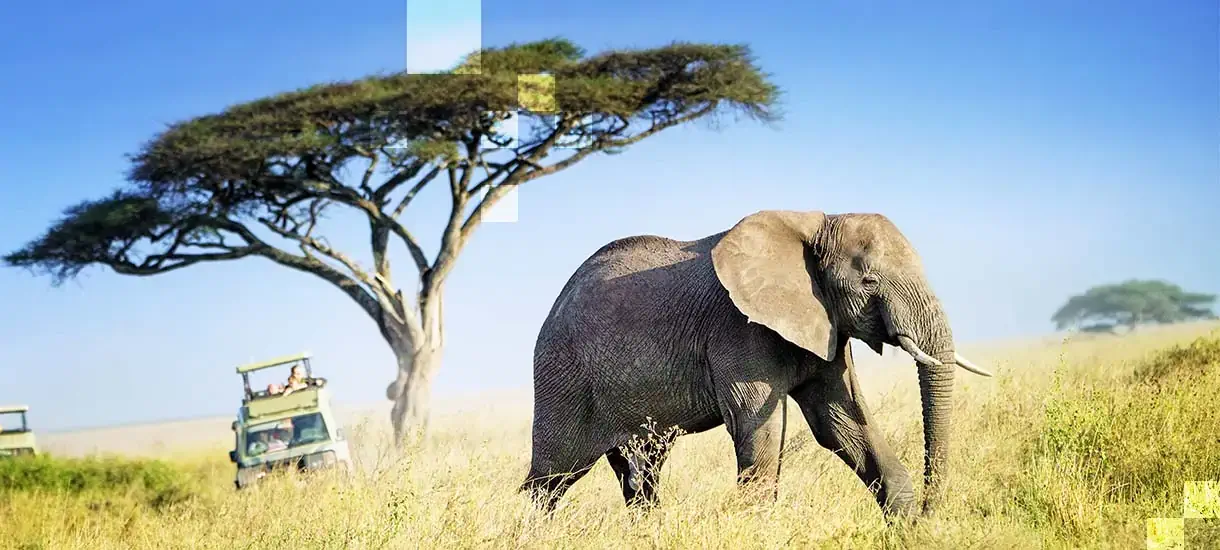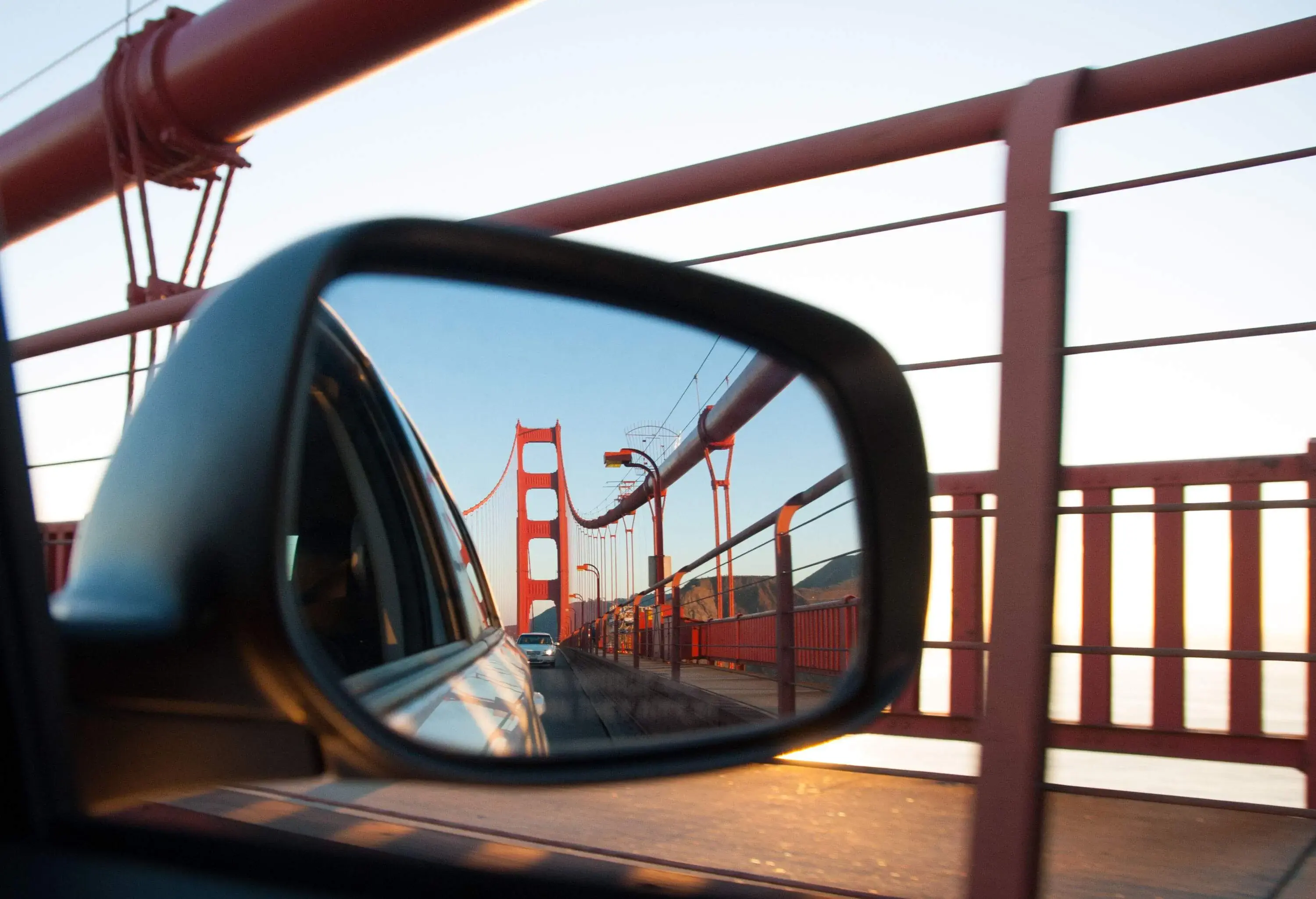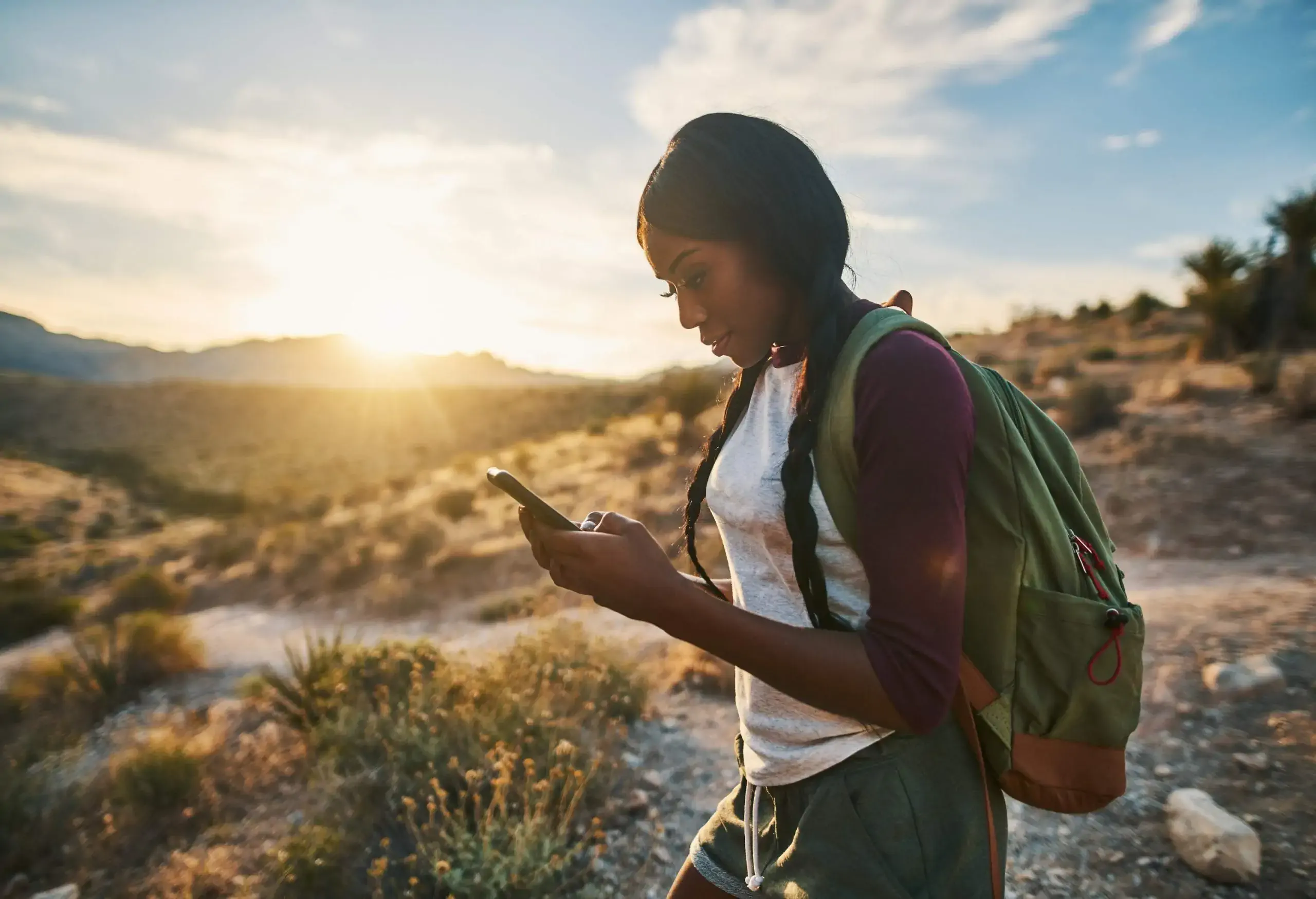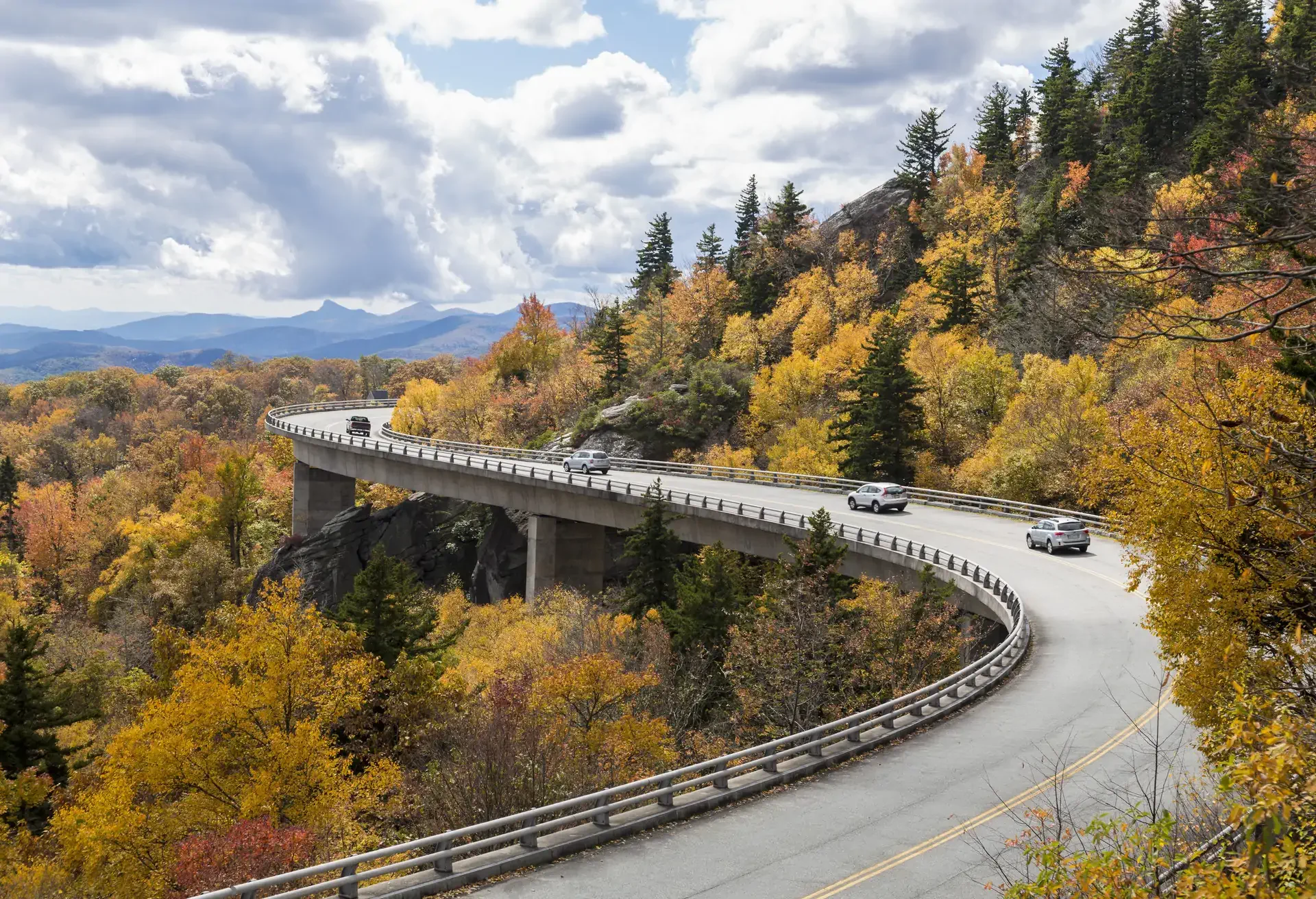When people talk about bucket lists and “once in a lifetime trips,” going on an African safari is usually high up on their list.
Now let’s address the elephant in the room: safaris aren’t cheap. That said, this doesn’t mean there aren’t ways to cut down on costs. Creating your own itinerary, picking and choosing the aspects of a safari that are important to you, and deciding just how autonomous you want your explorations to be, open up a world of possibilities for an African safari.
We understand that planning an entire trip from start to finish may be a daunting prospect for a first-time (or even seasoned) safari-goer. So here are a few tips to put in your khaki pocket, so you can plan your safari with confidence.

Where to go
It all depends on what you’re looking for. First-timers hoping to find a more established setup may want to consider safari heavyweights South Africa and Kenya. North Tanzania and Zambia’s Zambezi National Park also offer great opportunities for sights of the “Big 5” (buffalo, elephants, leopards, lions, and rhinos). For a more under-the-radar destination, consider Namibia or South Tanzania. And, if you’ve got the budget, Botswana is where you should head for a more luxurious safari experience.
If you’ve been there and done that, but are still craving the adventure that only an African safari can offer, consider the likes of Uganda and Rwanda. Despite storied pasts, they are becoming prime destinations for intrepid explorers with treks to spot gorillas, chimpanzees and other great apes.

When to go
Choosing the right time to go on a safari can make or break your trip. The main “Big 5” countries tend to have similar seasonal patterns. The dry season (around May-August) has excellent conditions for spotting animals, primarily because of the lack of vegetation. Visiting during the wet season (usually October-February), though it could mean cheaper flights, can really hamper visibility. However, it’s also when the landscape it at its peak (think: lush trees and flowers in bloom).
Another thing to consider is, of course, the price. If this is an important factor for you, then you’ll find the best prices around March-May, during that in-between period on the cusp of the dry season. This usually offers the best combination of savings, without compromising on animal sightings.
For more detailed weather patterns by destination, check out our calendar below.
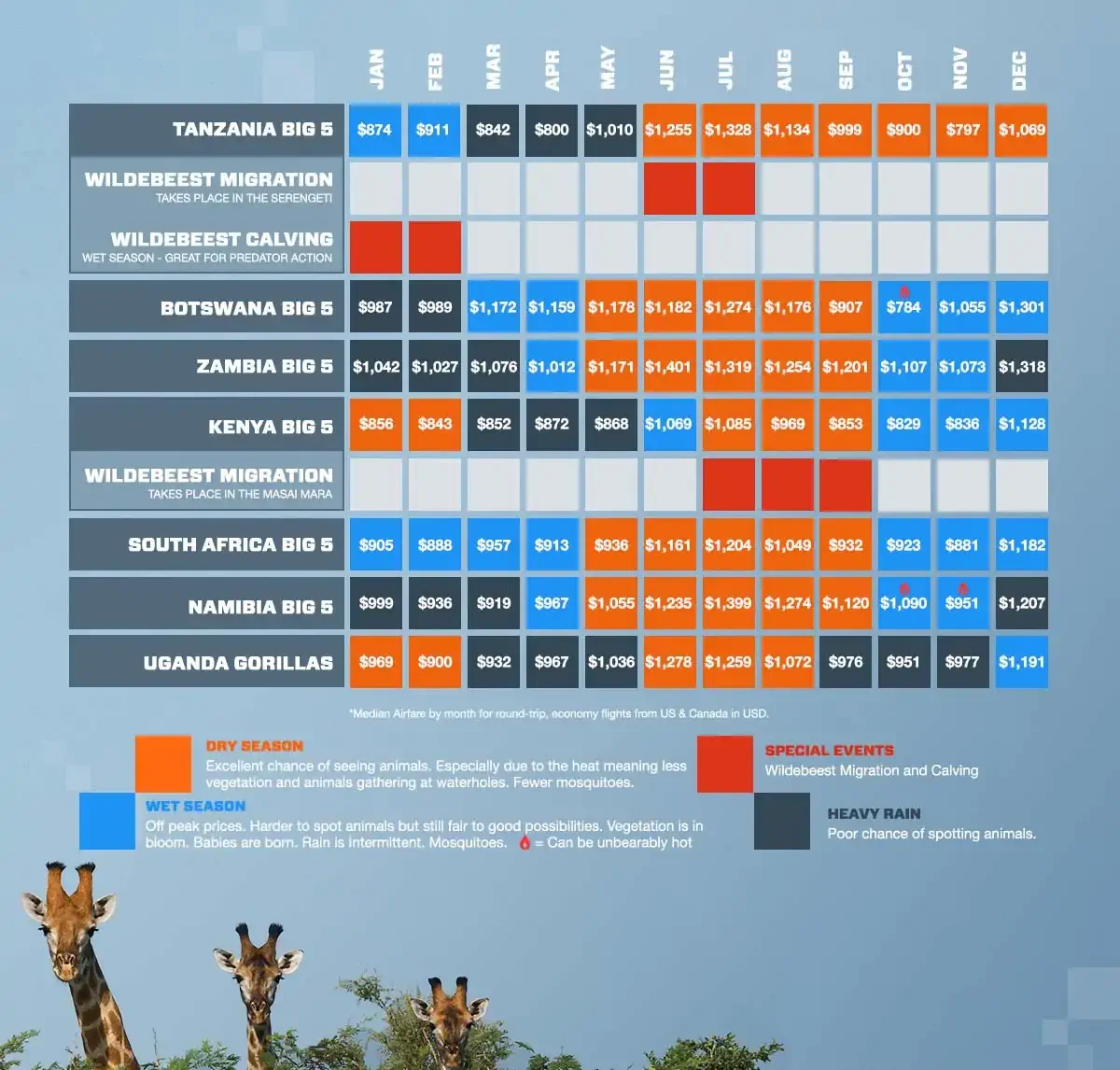
*Median Airfare prices are listed by month for round-trip, economy flights from the US and CA and are in USD.

How you safari
Going on safari doesn’t just mean cruising around in a 4×4. How you safari, and how freely you do it, is really up to you. For first-timers and families, organized tours are a good way to explore in a secure environment. If you want to push your limits a little more, try a tour with a private guide or go on self-guided driving tours in parks like Etosha in Namibia.
If the idea of having a vehicle between you and nature is not what you’re after, then more luxurious safaris like in Botswana offer horse-riding and glamping opportunities in the wild. You can even head to Kruger National Park in South Africa or one of the many trails in Uganda and Rwanda for walking safaris.
Although this is the kind of trip where you’ll want to get out of your comfort zone, it shouldn’t be at the expense of your enjoyment. Research your options and pick the type of safari that’s right for you.

What to pack
Listen, don’t go overboard when packing. Even though you may want to jam your suitcase with items for every possible situation, resist the urge. First, consider the applicable luggage restrictions and fees for your flight. Then, you’ll have to think about how much transit is involved for your trip (generally, you don’t just disembark at the airport and come face-to-face with wildlife). Opting for a hiker-style backpack or soft, light suitcase is a good option for those making longer transit journeys.
Then, figure out what to bring. Spending the trip in a jeep safari? You can probably opt for lightweight trainers and ditch the heavy hiking boots. Staying in glampsites or a resort? They’ll have mosquito nets, so don’t worry about investing if you don’t plan to camp in the wild.
In our experience, these items are needed (but not always thought about), so consider taking them along:
- Solar-powered battery charger. This converts daylight into electricity to extend battery life and is ideal to strap onto the roof of your car.
- Phone power-pack. Even if you’re jetting off with a DSLR in hand, it’s fair to say that you’ll probably be using your phone a lot to snap everything around you. Don’t miss out on getting that perfect picture because your battery’s dead.
- Water purifier. A water purifier or iodine drops might not be useful if you’re going luxe, but for safaris that are a bit more rough and ready, this could be a lifesaver.
- Flashlight. This will come in handy when trying to navigate around a badly-lit campsite.
- Malaria-proof clothing. Long-sleeves are a must. If your budget isn’t too tight, check out a safari clothing provider like thesafaristore.com for specially-designed jackets and pants to prevent mosquito bites. Speaking of clothes, try to avoid bright colors (or animal print for that matter). Beige and khaki clothing that can be layered is ideal.

Staying ethical
No number of Instagram likes in the world are worth it if your trip hasn’t been done ethically. The first way to know that your trip will be guilt-free is to book your accommodation and safari tour through an ethical provider. Look to companies such as responsibletravel.com who, as the name suggests, promote responsible tourism through working with activists and local communities.
Also look on every provider’s website or ask them directly about how they give back to the communities where they work. If they practice environmentalism and sustainability, it’s a good sign that you’re backing a principled and responsible company. On the flip side, if the provider is offering trips that include encounters that could be damaging to animals or the environment, such as riding on elephants, take this is a good indicator to walk away.
Whether you want to spot gorillas in the wilds of Rwanda, gaze at giraffes on the Kenyan plains or see the famous wildebeest migration, knowing what to expect will allow you to confidently plan your dream safari adventure.

